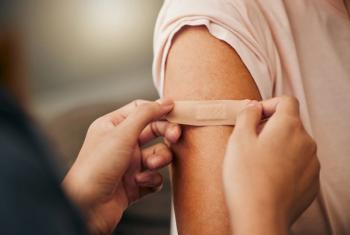
Clinical predictors of intussusception identified
Investigators developed two "decision trees" to stratify the risk of children being evaluated for intussusception.
Investigators developed 2 "decision trees" to stratify the risk of children being evaluated for intussusception. The prediction models were based on identification of clinical predictors of intussusception along with, in 1 model, an abdominal x-ray or ultrasound.
Investigators collected data for 310 enrolled children from 1 month to 6 years of age (median, 21.1 months) who visited an urban, tertiary care pediatric emergency department with signs and symptoms of possible intussusception, which was diagnosed in 38 (12.3%) of them.
Eighty-three percent of the children had abdominal pain, 56% had vomiting, and 36% were reported to be lethargic; 77% of the children had 2 or more of these features. After being assessed, all the children had abdominal imaging, either an abdominal x-ray or an ultrasound. Of patients with intussusception, 23% had a positive x-ray, and 54% had a possible positive x-ray.
For the low-risk decision tree without imaging (sensitivity, 89%), investigators included 3 variables: age, gender, and lethargy, indicating that children who are either 5 months old or younger or children who are older than 5 months, female, and without lethargy are at low risk of intussusception.
For the low-risk decision tree with imaging (sensitivity, 97%), patients with a negative plain x-ray who are 5 months old or younger are at low risk of intussusception. Patients with a negative x-ray who are older than 5 months and have diarrhea but don't have bilious vomiting also are at low risk. (Weihmiller SN, et al. Pediatrics. 2011;127[2]:e296-e303).
Commentary
I hope that this predictive model holds up to further study. If it works, it will make life easier for doctors considering intussusception in the emergency department and for their patients. -Michael Burke, MD
Newsletter
Access practical, evidence-based guidance to support better care for our youngest patients. Join our email list for the latest clinical updates.











